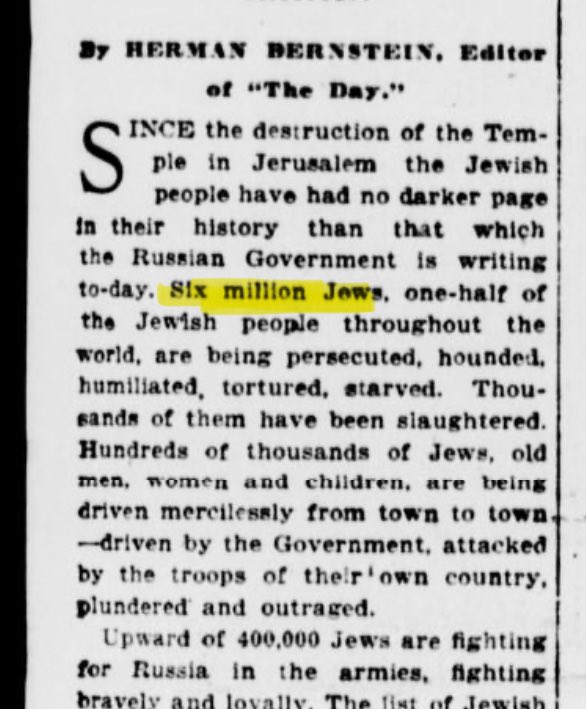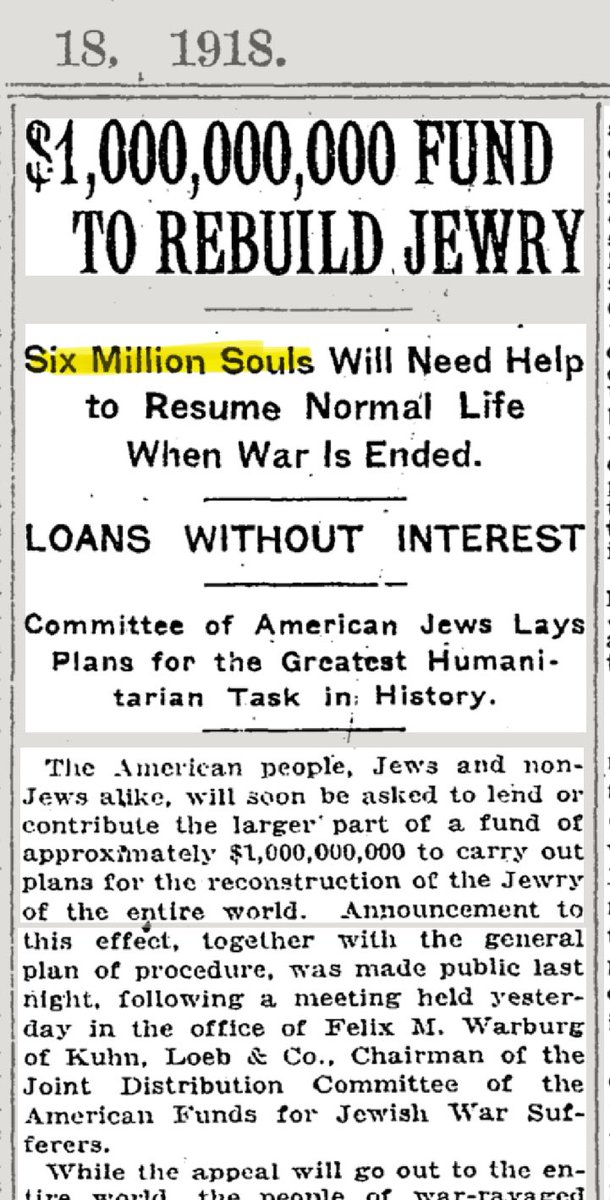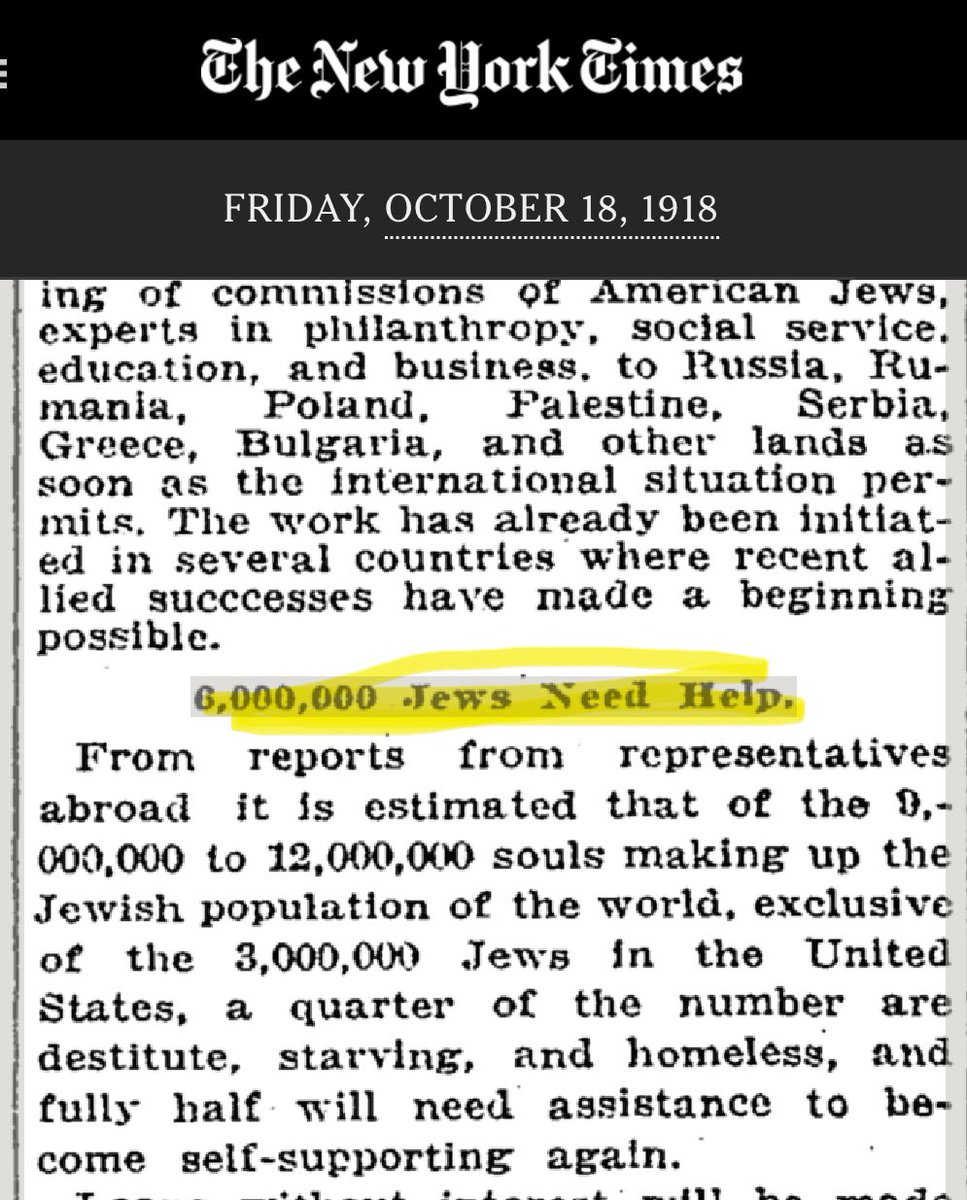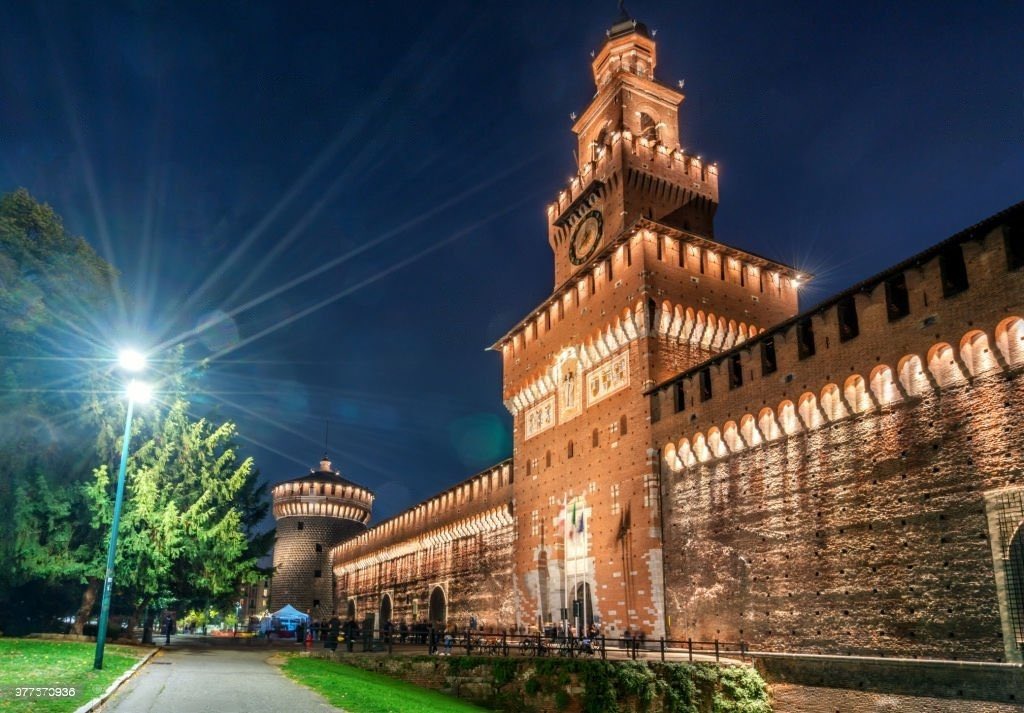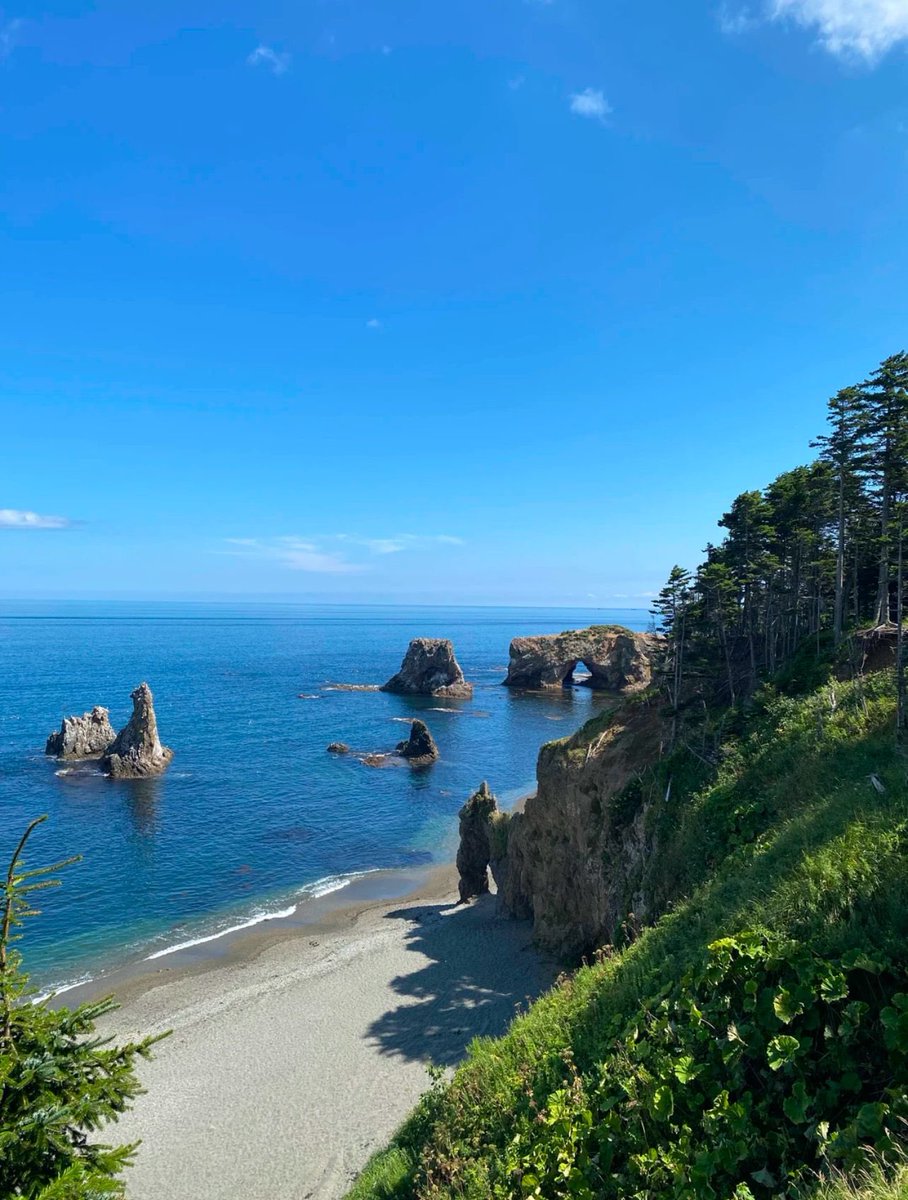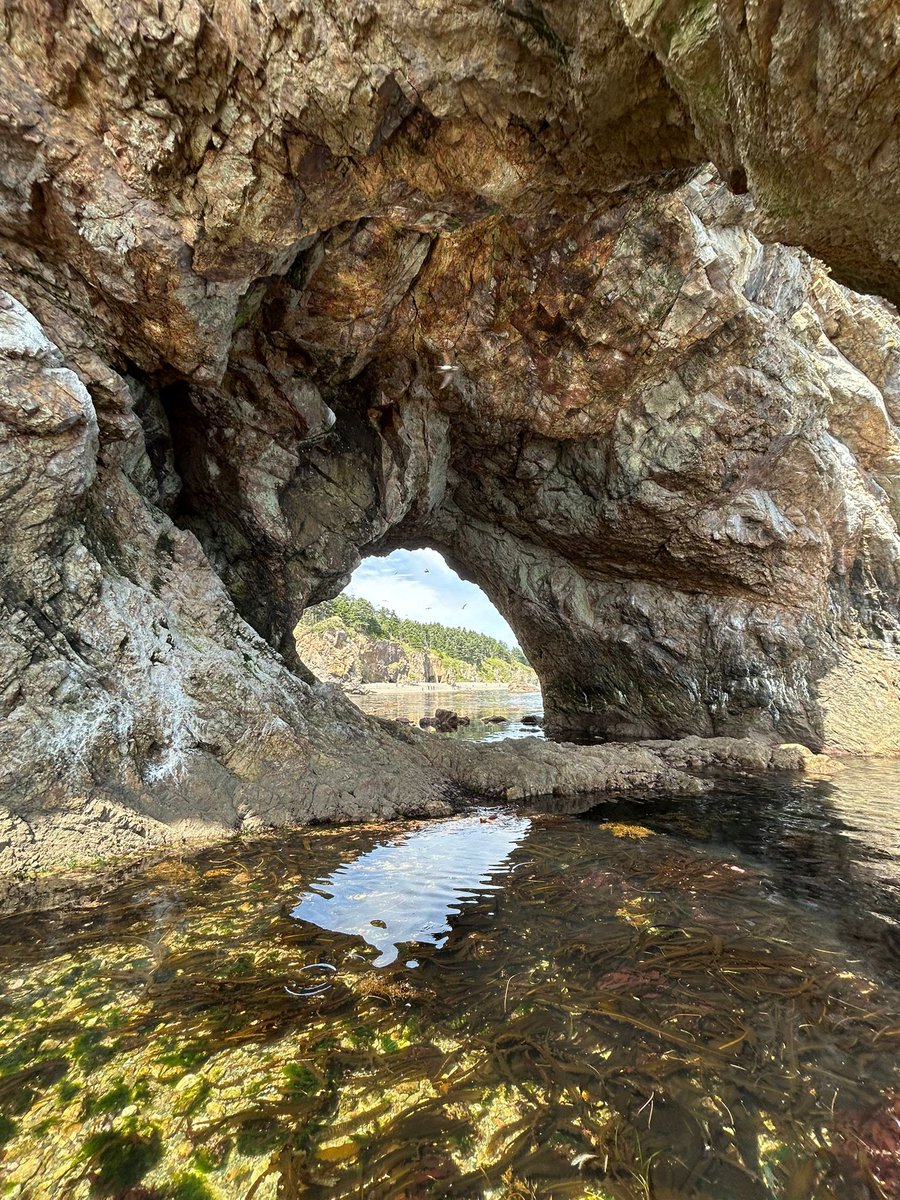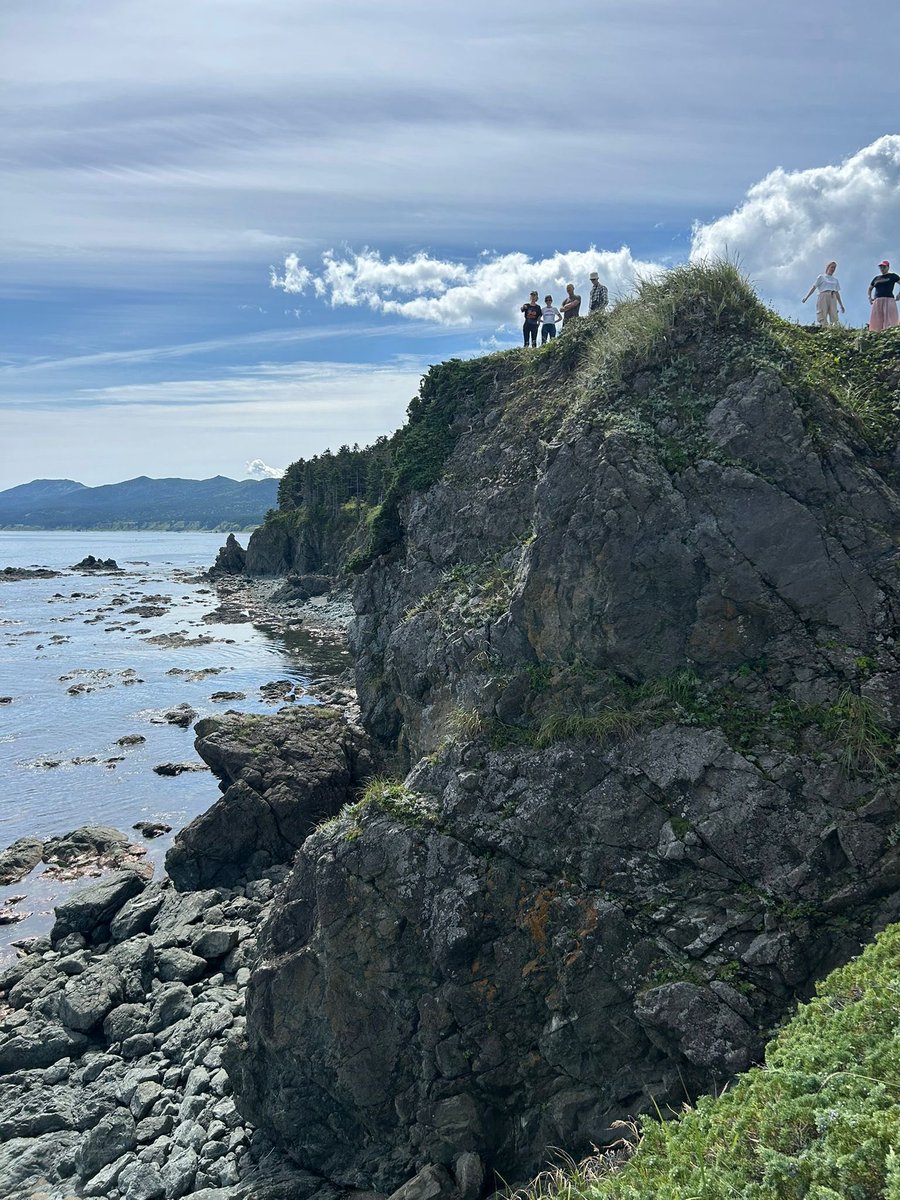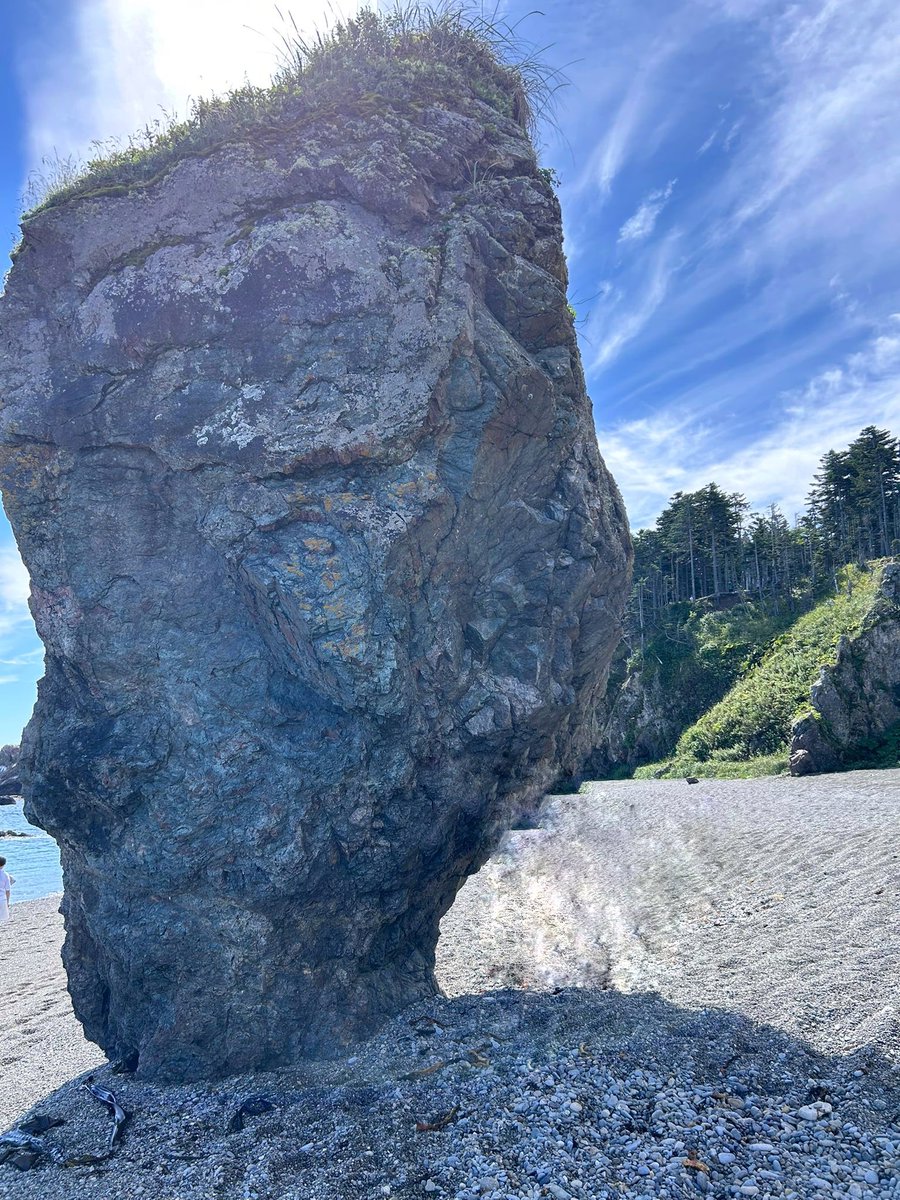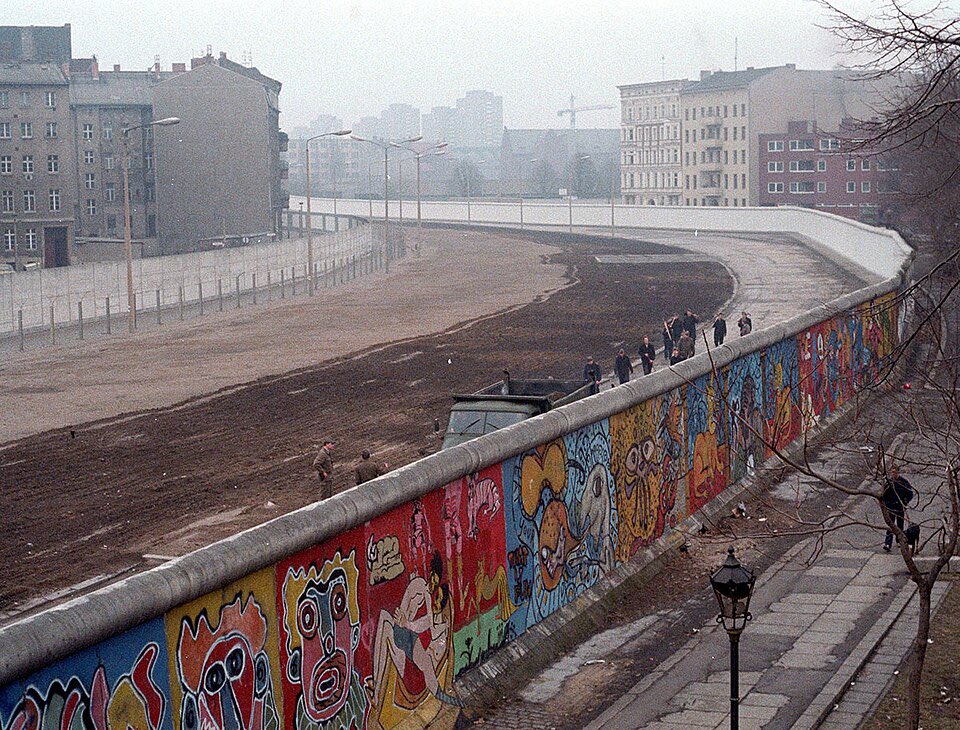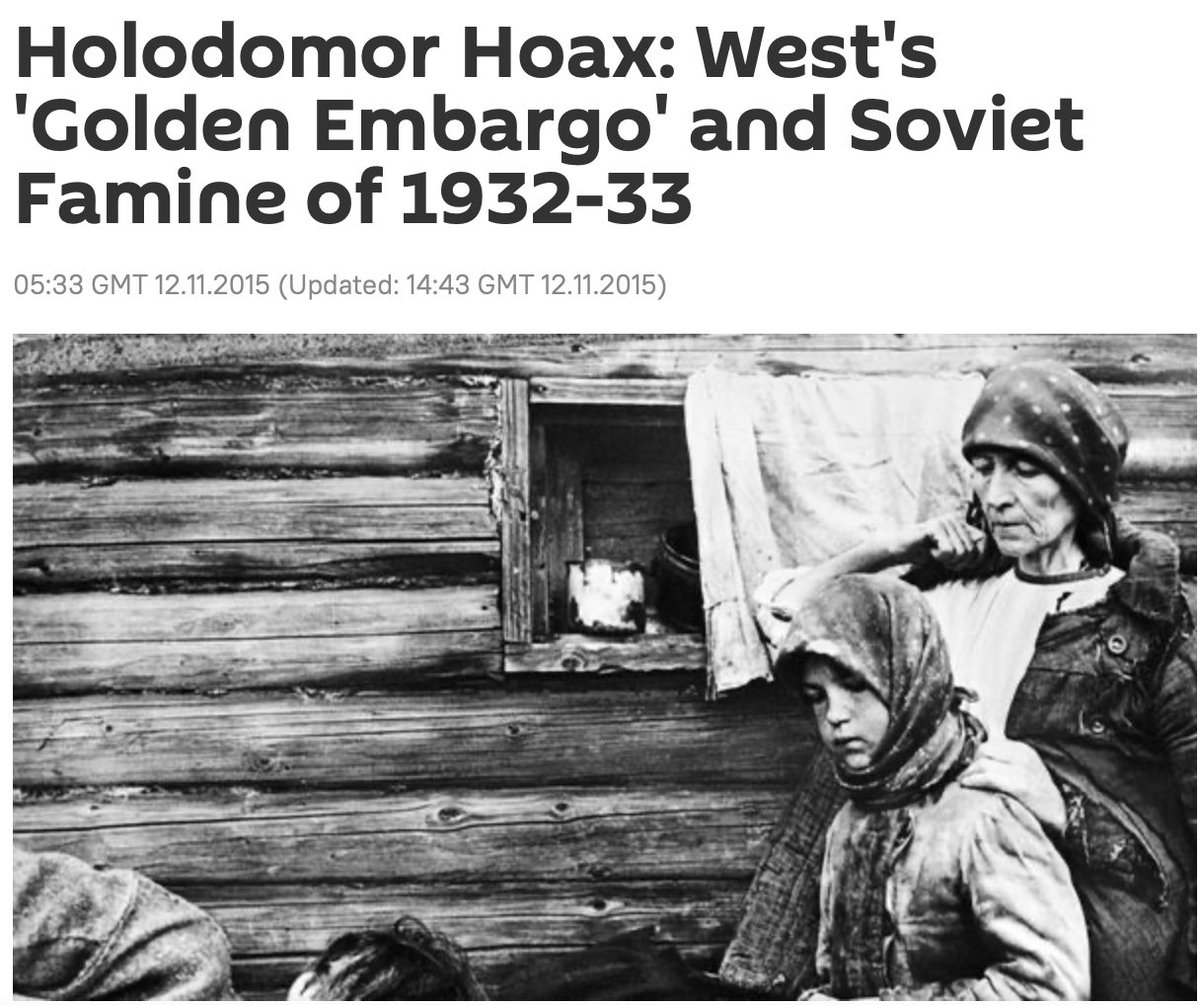The Pope aligns himself with a neo-Nazi regime. Don’t forget that today the Ukrainian regime is shutting down canonical Orthodox churches, which are the historic faith of these lands, and replacing them with Uniate or pro-Uniate churches. 

If you want to better understand why the Pope positions himself this way and why there’s nothing surprising about it read my article.
https://twitter.com/rinalu_/status/1940086899328078033
Or this thread
https://twitter.com/rinalu_/status/1932634932452499866
• • •
Missing some Tweet in this thread? You can try to
force a refresh


